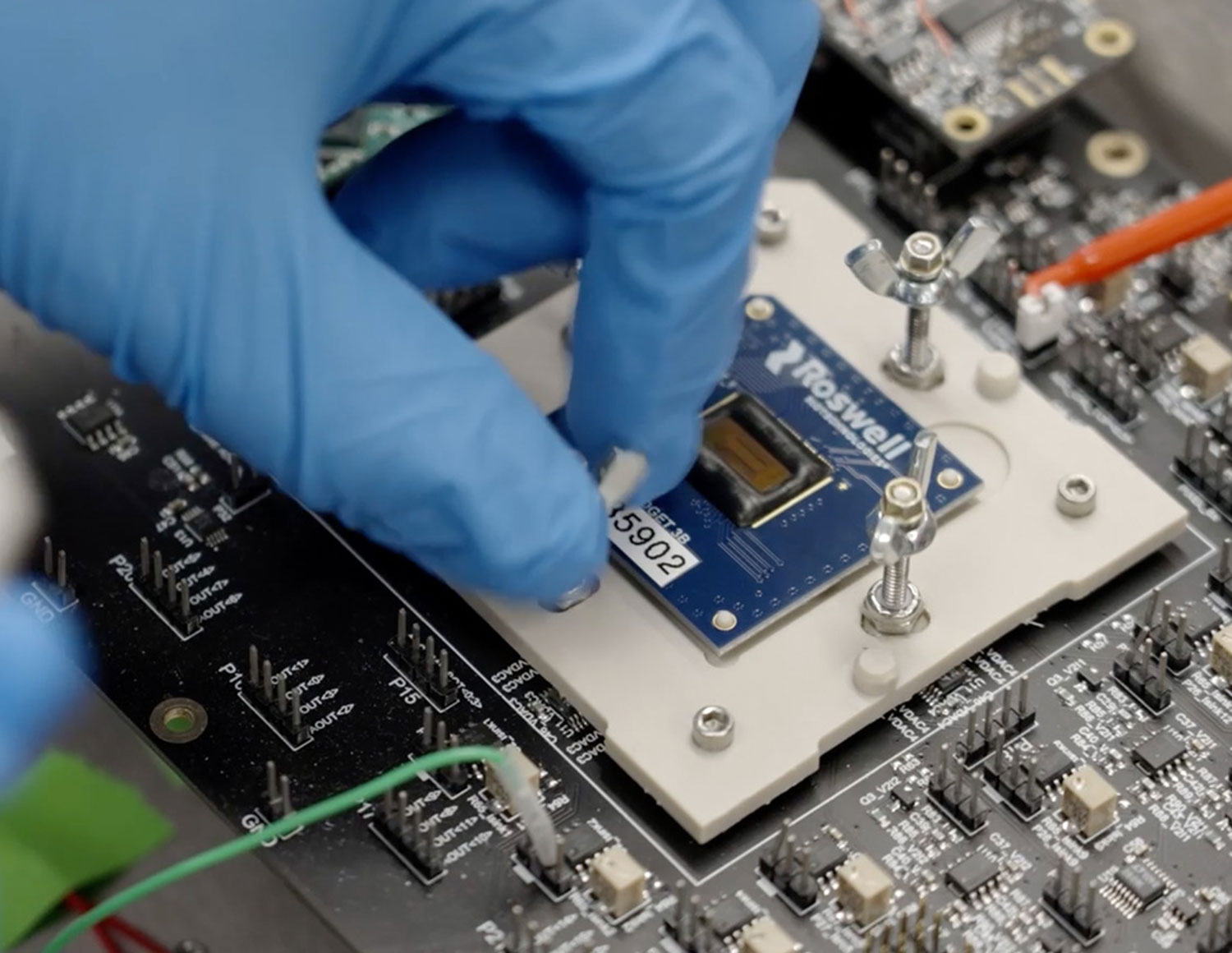ケーススタディー
Brief
Drug treatments are often associated with side effects which can have a detrimental impact on treatment effectiveness and a patient’s quality of life. Neuromodulation systems, however, can potentially eliminate some of these problems.
A top-tier pharmaceutical company asked us to design an external, lead-less charging system for its acorn-sized deep tissue neuromodulation implant. The system had to be capable of FCC and FDA approval, as well as being convenient for patients to use.
Approach
The need for the implant to lie deep within the body, coupled with the very small size of the device, made this a unique and challenging problem. Analysis of the physics showed that far and mid-field electromagnetic regimes could not transfer sufficient power while also meeting regulatory and safety guidelines.
Use of low-frequency techniques appeared promising but detailed modelling was required to demonstrate patient safety and comfort with adequate power transfer to the device.
Benefit
A near-field, inductively coupled design allowed regulations to be met in a convenient form factor with the required power transfer capability. It also allowed the implant to be a game-changing size so it could be implanted in a minimally invasive way.
The frequencies used did not require licensing and could be approved worldwide. This allowed the client to demonstrate the feasibility of the proposed system – and enabled a joint venture to be set up and further funding to be secured.




